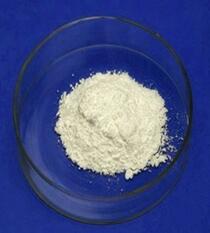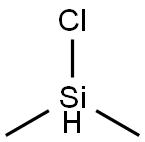What is Chlorodimethylsilane?
Jan 2,2020
Chlorodimethylsilane (CAS 1066-35-9) is an organic silicon substance and it is soluble in aromatic hydrocarbons and petroleum hydrocarbon solvents. When encountering with water or alcohol, it undergoes decomposition drastically [1].
At room temperature, chlorodimethylsilane appears as a colorless fuming liquid with a pungent (scheme 1), burning odor. Extremely corrosive to skin and respiratory tissues. Vapors are heavier than air and may be ignited by heat, sparks or flames. The vapors may form explosive mixtures with air and may travel to source of ignition and flash back. Vapor explosion hazard indoors, outdoors or in sewers. The substance designated with a polymerize explosively when heated or involved in a fire. Chlorosilanes reacts violently with water, moist air, or steam, rapidly breaking down to give dimethylsilanol and then dimethylsilanediol. The by-products of these reactions are hydrogen chloride and hydrogen; hydrogen is an extremely flammable gas. Chlorosilanes react vigorously with both organic and inorganic acids and with bases to generate toxic or flammable gases [2].
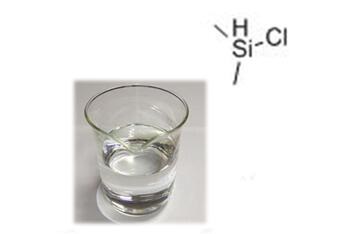
Scheme 1 The appearance of chlorodimethylsilane
Chlorodimethylsilane is a group of reactive, chlorine-containing silicone compound, and it is used in many chemical processes, such as preparation of vinyldimethylsilanols for palladium-catalyzed cross-coupling with aryl iodides. The popular uses of chlorodimethylsilane are listed as below: (1) A monomer (‘building block’) in the production of silicone polymers. Silicone polymers may be oils, greases, rubbers and resins and have a wide-range of uses. (2) An intermediate (starting material) in the production of other organic and inorganic chemicals. (3) In the electronics industry for the production of ultra-pure polysilicon and in the manufacture of semiconductors and photovoltaics. (4) As a laboratory chemical in research and development activities. Importantly, the substance is not suitable for use by the general public. The applications described take place in industrial settings or academic laboratories under highly controlled conditions. Although the end uses of products made from chlorodimethylsilane will vary, it can be assumed that due to its highly reactive nature, no residual unreacted material will be present in any of the final products [3].
References
[1] Global and Regional (Chloro)-dimethylsilane (CAS 1066-35-9) Market 2019 by Manufacturers, Regions, Type and Application, Forecast to 2024
[2] https://cameochemicals.noaa.gov/chemical/21792
[3] WACKER, GPS SAFETY SUMMARY CHLORODIMETHYLSILANE, GPS SS Chlorodimethylsilane CES WA, 1-3
- Related articles
- Related Qustion
- Chlorodimethylsilane: applications in organic synthesis and safety Nov 29, 2023
Chlorotriethoxysilane is crucial in nanoparticle synthesis and chlorination reactions, requiring careful handling for safety.
1,1'-Carbonyldiimidazole (CDI) is an organic compound with the molecular formula (C3H3N2) 2CO. It is a white crystalline solid as shown in graph 1 and it is often used for the coupling of amino acids for peptide synthesis and as a reagent.....
Jan 2,2020Catalyst and Auxiliary(S)-(-)-Propylene oxide is widely utilized in the manufacture of polyether polyols and propylene glycol, which is used in making the polyurethane plastics. (S)-(-)-Propylene oxide finds an application as a fumigant for the sterilization of....
Jan 2,2020Organic ChemistryChlorodimethylsilane
1066-35-9You may like
Chlorodimethylsilane manufacturers
- Chlorodimethylsilane
-
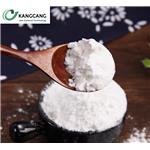
- $9.00 / 10g
- 2024-04-26
- CAS:1066-35-9
- Min. Order: 10g
- Purity: 99%
- Supply Ability: 10 tons
- Chlorodimethylsilane
-
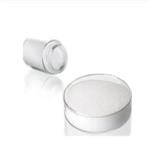
- $1165.00 / 1Tons
- 2024-04-26
- CAS:1066-35-9
- Min. Order: 1Tons
- Purity: 99.99%
- Supply Ability: 100Tons
- Chlorodimethylsilane
-
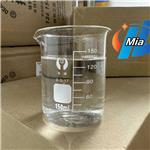
- $10.00 / 1kg
- 2024-04-23
- CAS:1066-35-9
- Min. Order: 1kg
- Purity: 99.6%
- Supply Ability: 100000




